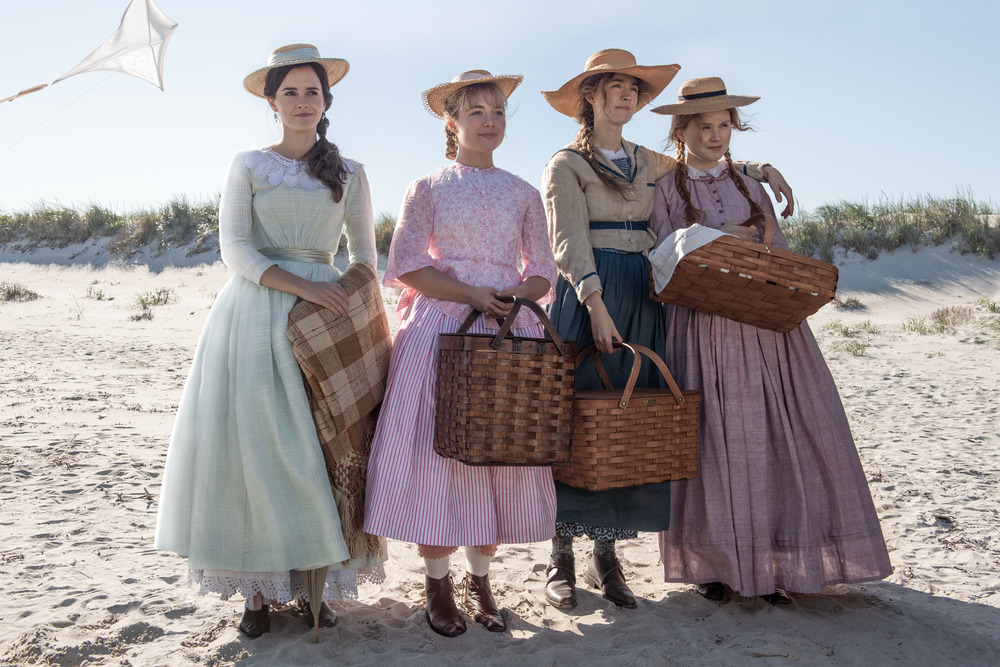Little women’s accuracy to reality

Was the Little Women (2019) film accurate? Did it depict what the life of the Alcott sisters was like? Was it accurate to its time frame?
During the 1860s, Louisa May Alcott published a story of womanhood known as Little Women. Little Women discussed the relationships between Alcott and her four sisters, Anna (Meg March), Lizzie (Beth March), and May (Amy March), and her mother, Abby (Marmee March). In the story, Alcott is known as Jo, and she is a strong-willed woman who is a feminist who dreams of becoming a writer. Her older sister Anna is known as Meg, a promising actress who gives up her dream of acting for a life of financial stability. Alcott’s younger sister Lizzie resembles Beth, a sweet young girl who loves to play the piano and dies of scarlet fever. Also, the youngest sister May is similar to Amy as she is passionate about painting and travels the world to study art and find the love of her life. Alcott’s mother is also like Marmee, a strong, caring, and capable woman. Although the characters in this movie are very similar to characters in Alcott’s life, Alcott glorified some of the characters. The reason why Alcott glorified some of these characters was that she wanted to meet specific societal standards that were set during her time.
One character Alcott glorified to meet societal standards set during her time was her father. Alcott glorified her father by showing how her father believed that women should be entitled to make money, which is invalid. Since Alcott’s father wasn’t always helpful in her life, she gave him a small role and made him get sent off into the war. Additionally, Alcott glorified her neighbor, who is known as Laurie. Alcott glorified him, so he existed as a perfect man in her and her sister’s life. Although, no perfect man existed in Alcott’s life.
Additionally, Alcott glorified the ending of Jo, the character who deeply resembled her. At the end of her book, she makes Jo marry, have two kids, and start an all-boys school. Alcott, unlike Jo, did not get married, have kids, or start a school. Instead, she persisted in her career in writing, and she paid for the living expenses of her family members. Alcott shifted Jo’s ending to appeal to societal norms, as women were destined to be wives and mothers.
In the 19th century, women weren’t just destined to be wives and mothers at the end of their lives, but they were destined to wear certain clothes throughout their lives. Fashion served as a way of communicating class, importance, and idealization. Since Alcott and her family were lower class, the women had to make clothes. The clothes shown in the 2019 movie Little Women were not similar to those women wore in the 19th century. This is the case as the Alcott women in the movie did not wear bonnets and had different colored garments than those used in the 19th century. The producer did this to glorify the outfits that Alcott and her family had sported.
Although in the 2019 Little Women film, the characters, plot, and costumes were glorified, Little Women is still a fantastic film. Little women is a fantastic film as it depicts 19th-century feminism. Little Women defines 19th-century feminism as it gives women roles that are not based on men but rather on each other and their talents. As one can conclude, Little Women is a fantastic film.








